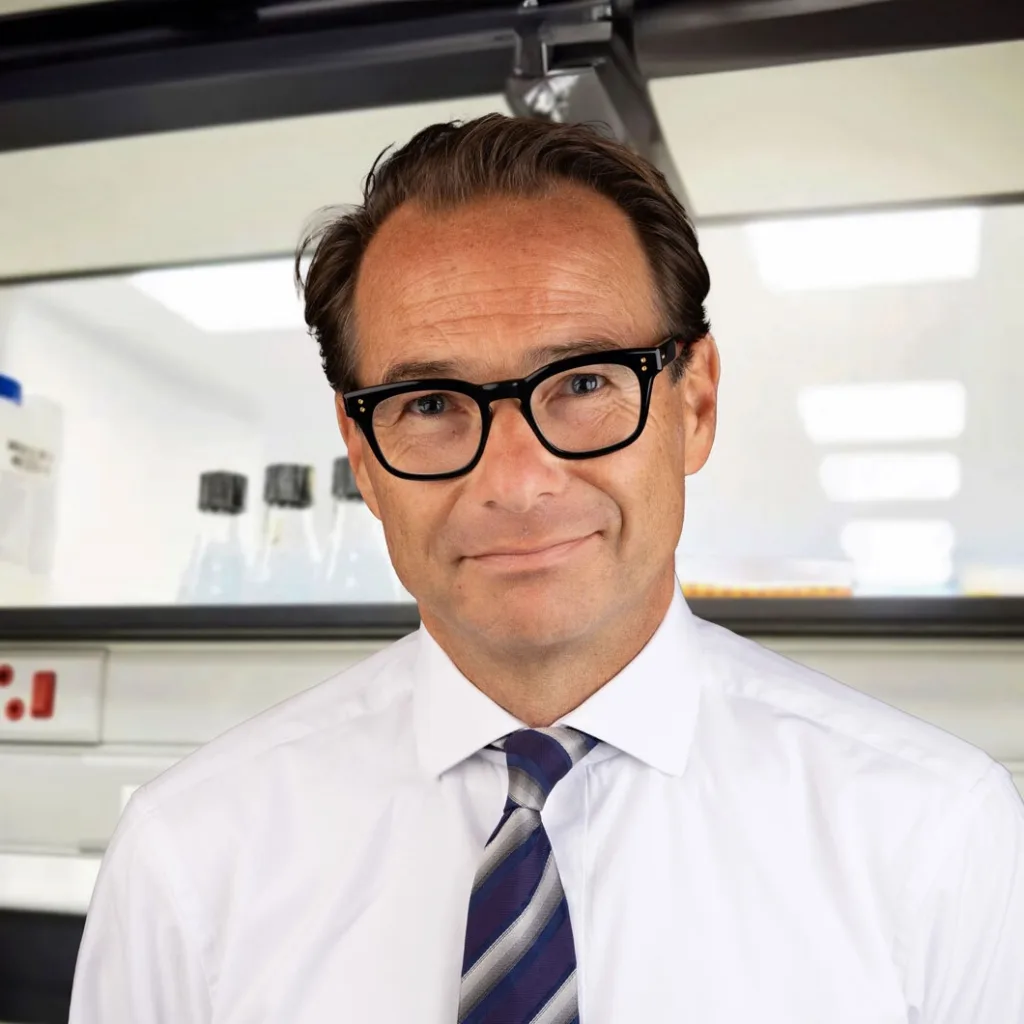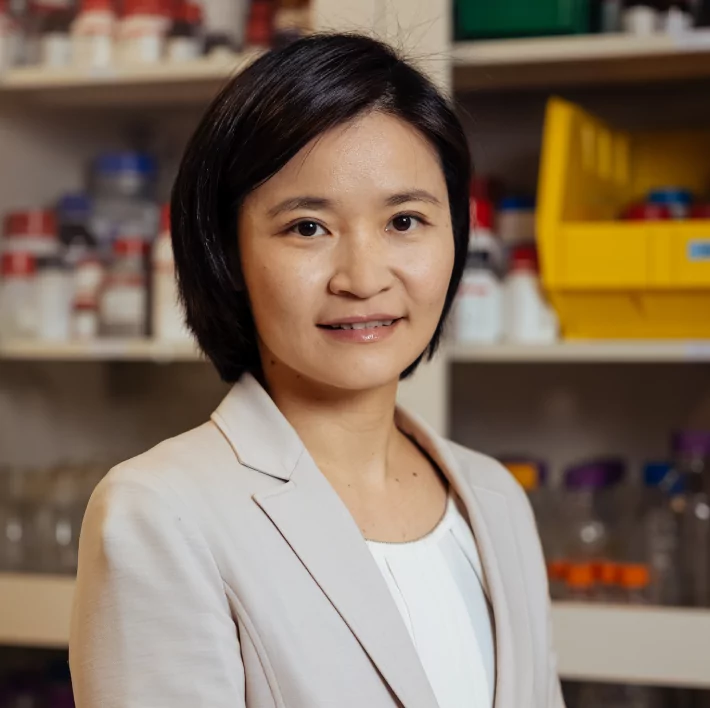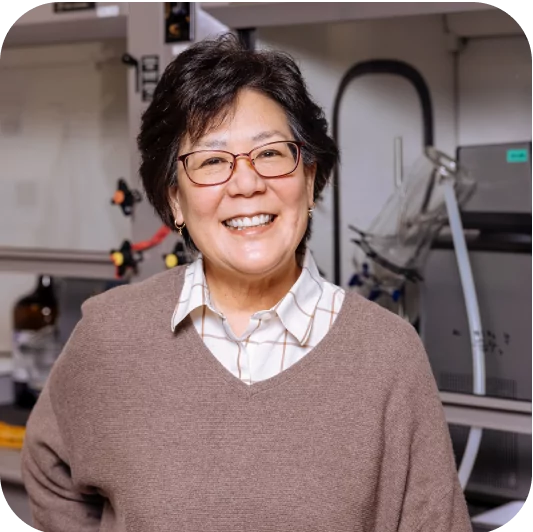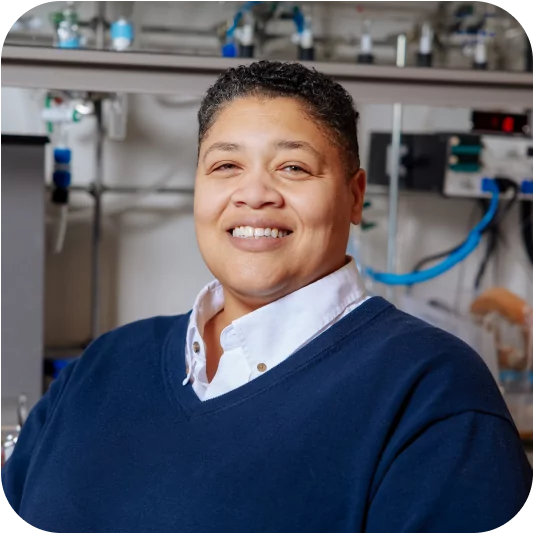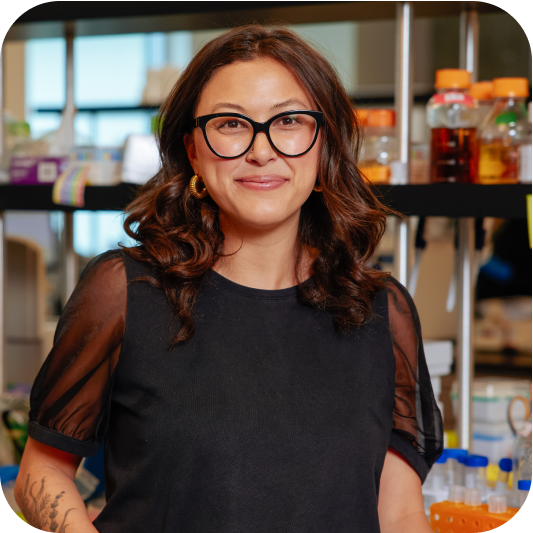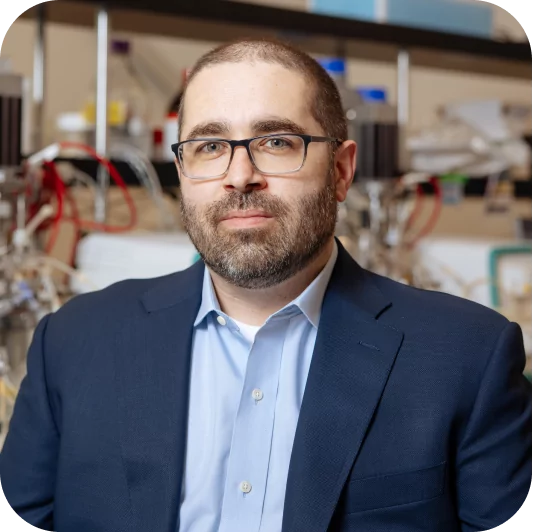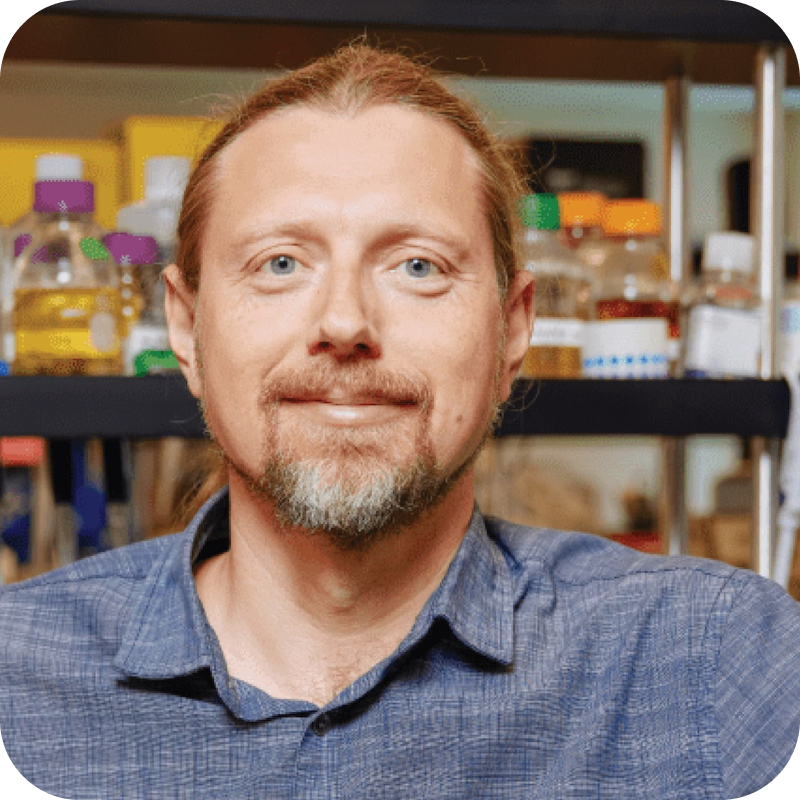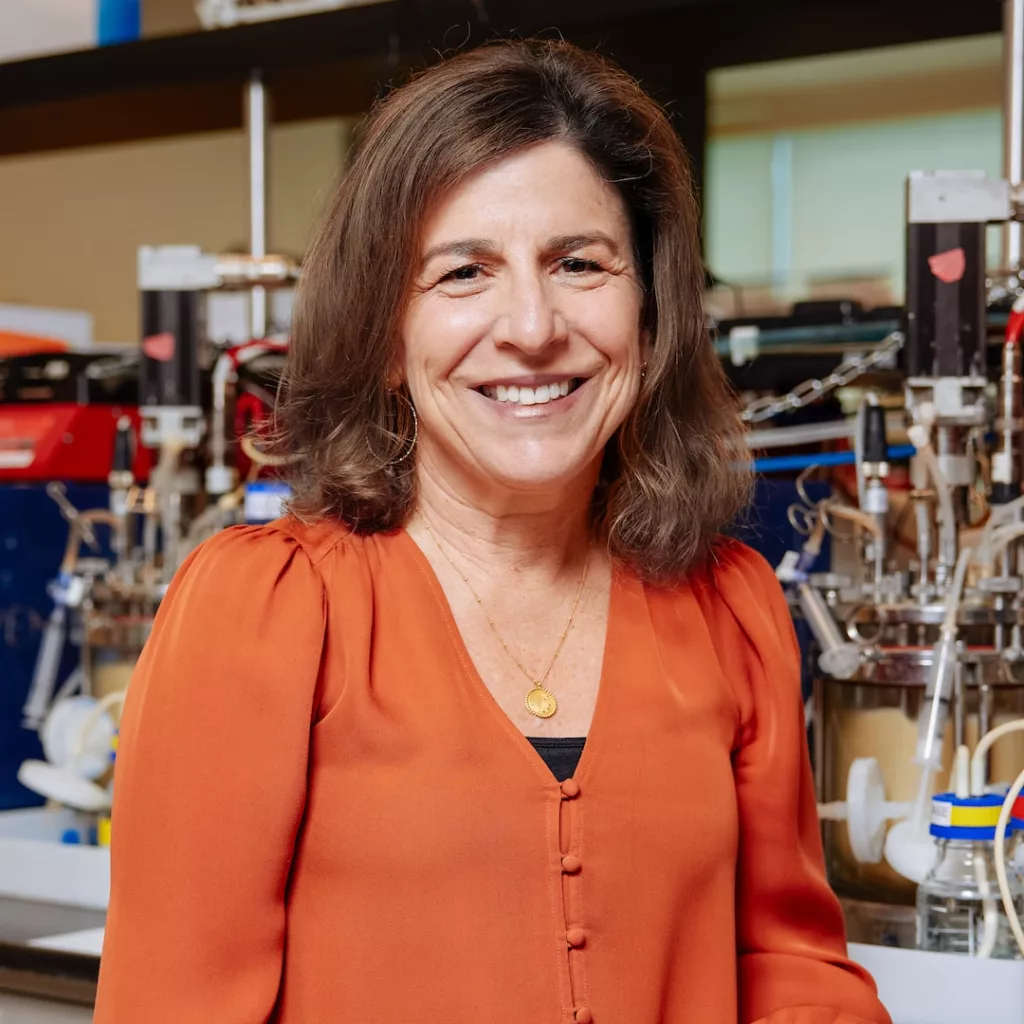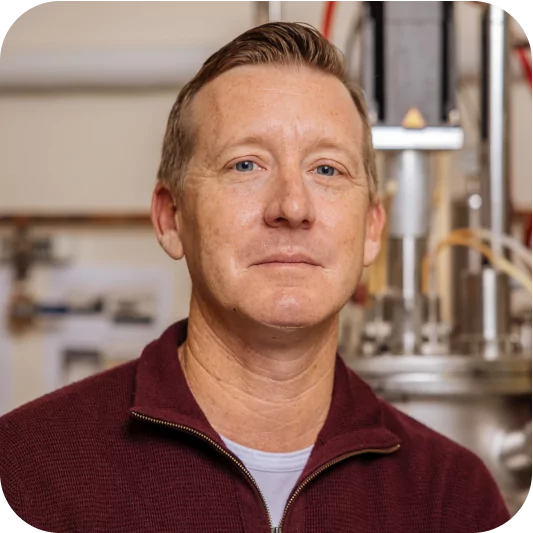For thousands of years, communities across cultures and geographies have relied on the inherent healing properties of plants. Ancient Greek physicians prized mint for treating digestive issues and it is used frequently today in the form of menthol for treating the common cold. Ginkgo Biloba is considered a key herb in traditional Chinese medicine and is currently being studied for its potential to improve cognitive function. In the Ayurvedic system of medicine, turmeric was – and still is – used for its powerful anti-inflammatory and antioxidant properties.
On the surface, modern day healthcare looks vastly different than it did 5,000 years ago – you likely receive a prescription from your doctor for a bottle of pills, rather than a bundle of plants, herbs, and spices.
But ancient and modern medicinal systems might actually be more similar than you think.
In the last 5 years, more than 40% of drugs were sourced from nature and the majority of those from plants specifically. Unbeknown to many, there are plant-based drugs sitting in medicine cabinets across the world. Aspirin is derived from willow tree bark and decongestants like Sudafed are made from the plant species ephedra sinica.
The conveniences of the 21st century have distanced most consumers from the drug manufacturing process, misleading many to believe that drugs are just a tonic of chemicals developed in a factory by scientists in white coats. In reality, the drug industry is still heavily reliant on agriculture to grow and harvest hundreds of thousands of acres of medicinal crops.
Despite the incredible scientific and technological advancements we’ve made as a society, our process for developing such medicines is outdated. First, we have to grow thousands of acres of crops, like poppies, periwinkle, sweet wormwood, and foxglove. The health of these crops are dependent on several variables, including climate change, pesticide and herbicide usage, soil health, and the skills of the farmers. Then, we harvest the entire plant – even if we only need to extract one or two molecules from it for medicinal purposes – which leads to enormous amounts of waste and reduces biodiversity through overharvesting. In some cases, plant material is shipped around the world to be manufactured into the medicines you find at the pharmacy. This process is expensive, unpredictable, environmentally taxing, and ultimately leads to inequitable distribution models.
A New Approach
While we can and should be looking to nature for important drugs, technologies like synthetic biology and fermentation enable us to access those medicinal properties, without relying on the physical plant. Using genome sequencing and informatics, we identify the precise genetic code in a plant that is useful for making medicines and brew it in yeast to efficiently produce the active pharmaceutical ingredient (API) that will be used in the final drug product. Using synthetic biology allows us to achieve a higher quality, increase surety of supply, minimize environmental and logistical risks, and reduce the cost of APIs by up to 95 percent.
We are driven by the incredible and plentiful healing properties of plants and the belief that these medicinal properties can be harnessed more effectively. Plants have been at the center of many medical breakthroughs and will continue to have a profound impact on society as we apply synthetic biology for more sustainable, accessible, and simply, better drugs.
